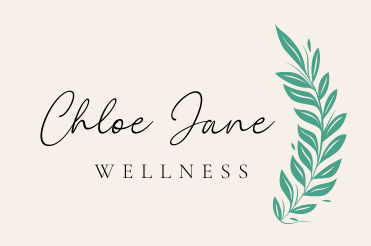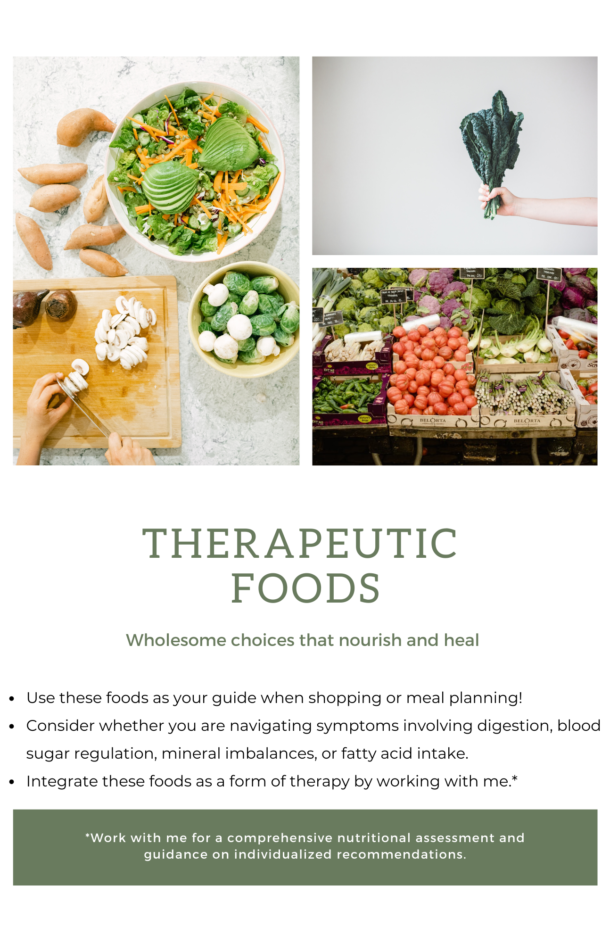This functional test uses a small hair sample to show us what mineral and heavy metal levels look like in the hair. From this information, we can infer a good amount about the levels in the body tissues and thus one’s overall health. Let’s take a closer look at HTMA.
What the HTMA test shows
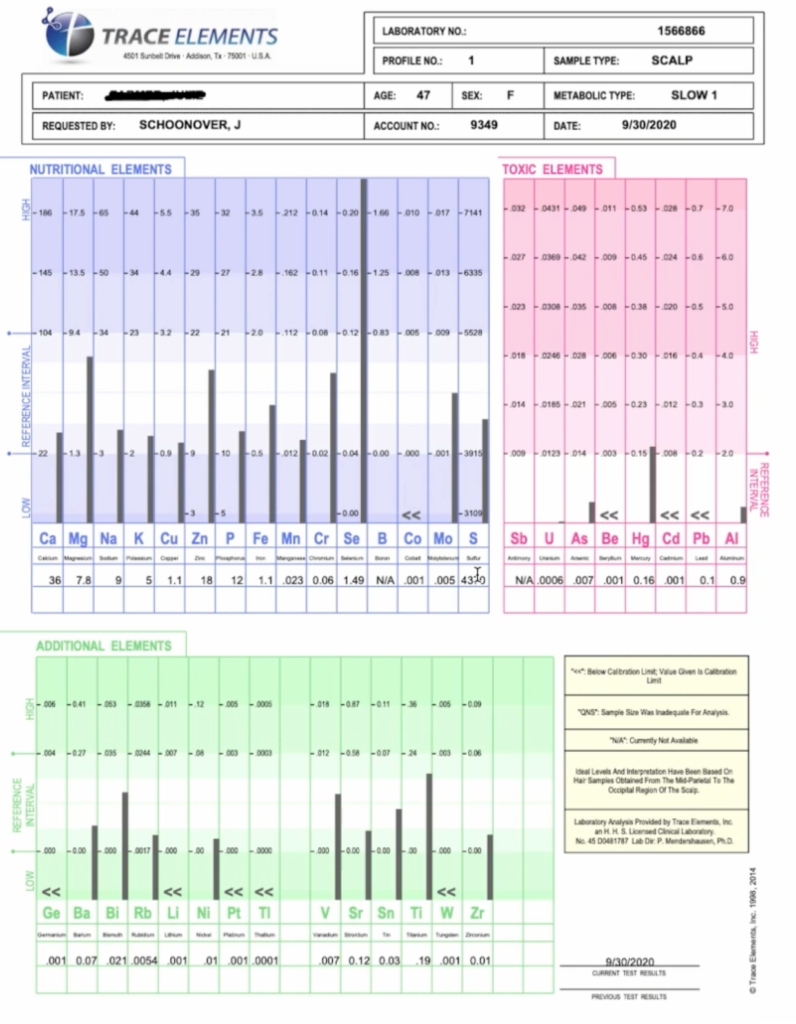
- Metabolic rate – burning through nutrients quickly or slowly
- Stages of stress [acute, chronic, exhaustion] and stress levels
- Immune function
- Adrenal and thyroid activity
- Carbohydrate tolerance
- Energy levels
- Diet makeup – eating more protein or carbs
- Tendencies for over 30 illnesses
HTMA gives us a metabolic rate, whether the body is burning through minerals & nutrients quickly or slowly. That in combination with information on dietary makeup and carbohydrate tolerance allows us to make dietary changes that optimize energy.
Stress levels are indicated on the test, specifically what stage of stress the body may be in, from acute, chronic, or exhaustion phase. Finally, we see markers that help us determine the need to support digestion, blood sugar, or the immune system.
Hair mineral analysis gives us a value on the ratios between important minerals like calcium, magnesium, sodium, and potassium. Studies have demonstrated the correlation between high or low ratios and various disease states. It is not a diagnosis. But we can use this information to return optimal balance to minerals and thus support the body as a whole. Read about the numerous research studies on the benefits of using HTMA here .
What the HTMA test does NOT show
- Total level in the body of a single mineral
- Diagnoses of disease or illness
- Prescription for specific mineral supplementation
HTMA + NAQ
We always look at HTMA results as one piece of the puzzle. One of the best tools that helps give more context to the HTMA is the Nutritional Assessment Questionnaire, or NAQ. We get a good broad view of what foundational health looks like, that is one’s diet, digestion, blood sugar regulation, mineral balance, hydration, and fatty acid status. Read more about the foundations here.
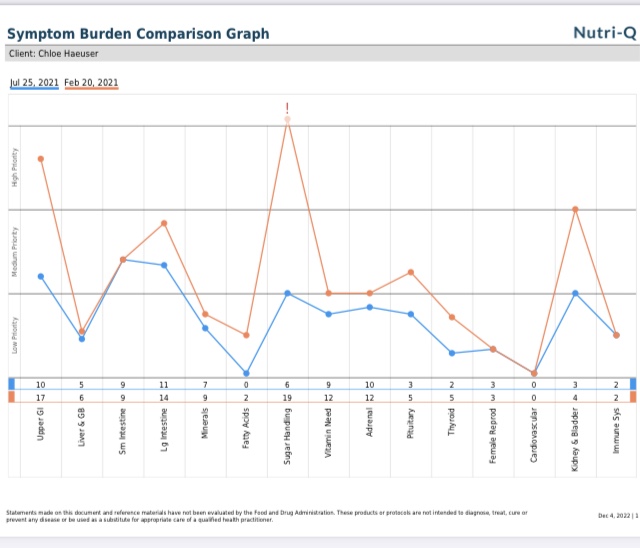
Contact me to get started on this test. Book your HTMA session here.
Berry Cream Chocolate Truffles

Ingredients
- 2 cups fresh or frozen berries [I used organic frozen mixed berries]
- 1 can organic coconut cream, 13.5 oz
- 2 cups coconut, almond, or oat flour [I used 1 cup coconut & 1 cup almond]
- Optional 2 tablespoons maple syrup
- 3 chocolate bars or 6 oz melted chocolate* [I used Hu Kitchen Simple Dark & Vanilla Crunch]
- Additional toppings: shredded coconut, chocolate chips, crushed nuts, or sea salt.
*Be sure to check the ingredients of your chocolate bars to make sure there is minimal high quality sugar like coconut sugar. The list shouldn’t be longer than a few things and ideally organic: cacao, cocoa butter, & sea salt.
Directions
Use a food processor, blender, or fork to macerate the berries and coconut cream. [I used an immersion blender to reach a smooth, liquid consistency]. Then stir in the flour and mix until well combined. Place the mixture in the freezer to set for 10 minutes, then remove and roll into balls. Use a double boiler over low heat to melt the chocolate. [I used a small saucepan with water and a measuring cup with the chocolate inside]. Once the chocolate is melted you can let it sit a few minutes so it’s not too warm. Then take the balls and use a spoon to dip each ball coated to your liking. I coated a few fully, but for most of them I left the bottom uncoated. Right after dipping, be sure to sprinkle any additional toppings before the chocolate hardens. When all the balls are coated, place in the freezer to set 15-30 minutes. Once they set, you can store in the freezer to enjoy as an ice cream bite or store in the refrigerator to enjoy as a softer truffle.
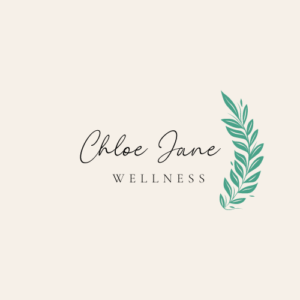
In health,
Chloe Jane
